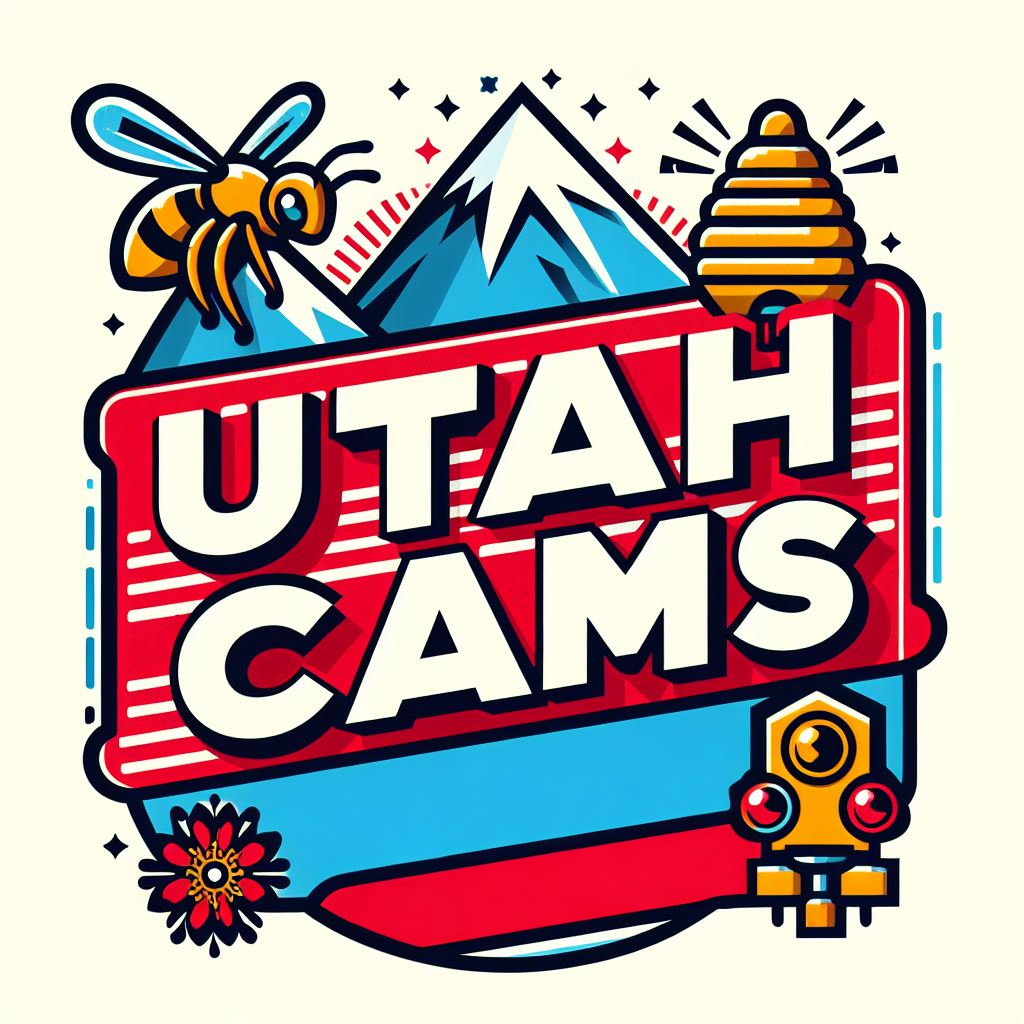Provo, UT Weather Cams
BYU Life Science Building
Utah Lake State Park Cam
Provo, Utah: A Journey Through Time in the City of Latter-day Saints
Early Settlement and Mormon Pioneer Roots
Provo Utah Webcams. The history of Provo, Utah, traces its origins back to the mid-19th century when Mormon pioneers settled the area in search of religious freedom and a place to establish their faith. In 1849, Brigham Young, the leader of The Church of Jesus Christ of Latter-day Saints (LDS Church), sent a group of settlers to the Provo River Valley to establish a new colony. They named the settlement Provo, after Étienne Provost, a French-Canadian trapper who had explored the region in the early 19th century.
The fertile soil and abundant water sources of the Provo River Valley made it an ideal location for agriculture, and the settlers quickly began cultivating crops and establishing farms. Provo became a hub of activity for the Mormon pioneers, serving as a central gathering place for religious worship, social gatherings, and economic exchange.
Educational Hub and the Establishment of Brigham Young Academy
In addition to its agricultural pursuits, Provo soon became known as an educational center for the region. In 1875, Brigham Young, the second president of the LDS Church, established Brigham Young Academy in Provo with the goal of providing higher education opportunities to the local community. The academy initially operated out of a small building in downtown Provo but quickly expanded its curriculum and facilities.
Brigham Young Academy laid the foundation for what would later become Brigham Young University (BYU), one of the largest and most prestigious private universities in the United States. Over the years, BYU has grown into a world-renowned institution, attracting students from around the globe and contributing to Provo’s reputation as an educational and cultural center.
Industrialization and Economic Growth
The late 19th and early 20th centuries brought significant industrialization and economic growth to Provo. The construction of the Denver and Rio Grande Western Railroad in the 1870s provided access to new markets for Provo’s agricultural products, stimulating trade and commerce in the region. The railroad also brought new industries to Provo, including manufacturing, mining, and transportation.
One of the most significant developments during this period was the establishment of the Utah Sugar Company in Provo in 1891. The sugar factory brought jobs and prosperity to the area, transforming Provo into a major center for sugar beet cultivation and processing. The sugar industry played a vital role in Provo’s economy for much of the 20th century, providing employment opportunities and driving economic growth.
Cultural and Religious Influence
Throughout its history, Provo has been deeply influenced by its Mormon heritage and the teachings of The Church of Jesus Christ of Latter-day Saints. The LDS Church has played a central role in shaping the cultural, social, and economic fabric of the community, with many residents actively involved in church activities and leadership roles.
The Provo Tabernacle, completed in 1886, served as a focal point for religious worship and community gatherings for over a century. In 2010, the historic tabernacle was severely damaged by fire but was later restored and renovated into the Provo City Center Temple, a sacred and iconic landmark for members of the LDS Church.
Modernization and Urban Development
The mid-20th century brought significant modernization and urban development to Provo. The post-World War II era saw a surge in population growth and suburban expansion, as families moved to Provo in search of employment opportunities and a high quality of life. The construction of new residential neighborhoods, commercial centers, and infrastructure projects transformed Provo into a bustling urban center.
One of the most notable developments during this period was the establishment of the Provo Municipal Airport in 1940. The airport provided essential air transportation services for the region, connecting Provo to major cities across the United States and facilitating economic growth and development.
Cultural and Recreational Attractions
Provo is home to a wealth of cultural and recreational attractions that reflect its rich history and diverse community. The Covey Center for the Arts, located in downtown Provo, offers a variety of performing arts events, including theater productions, musical performances, and art exhibitions.
Utah Lake, situated just west of Provo, provides opportunities for boating, fishing, and water sports, attracting outdoor enthusiasts from across the state. The surrounding Wasatch Mountains offer world-class skiing, hiking, and mountain biking opportunities, making Provo a popular destination for outdoor recreation year-round.
Conclusion: A Vibrant Community with a Bright Future
Today, Provo stands as a vibrant and thriving community with a rich history and a promising future. Its Mormon pioneer roots, coupled with its dynamic economy and diverse population, make it a unique and inviting place to live, work, and play. From its early days as a small settlement in the Utah wilderness to its emergence as a bustling urban center, Provo has overcome challenges and embraced opportunities, shaping its destiny as a city of Latter-day Saints and a beacon of progress and prosperity in the American West.
For more information, visit the official Provo, Utah website.
